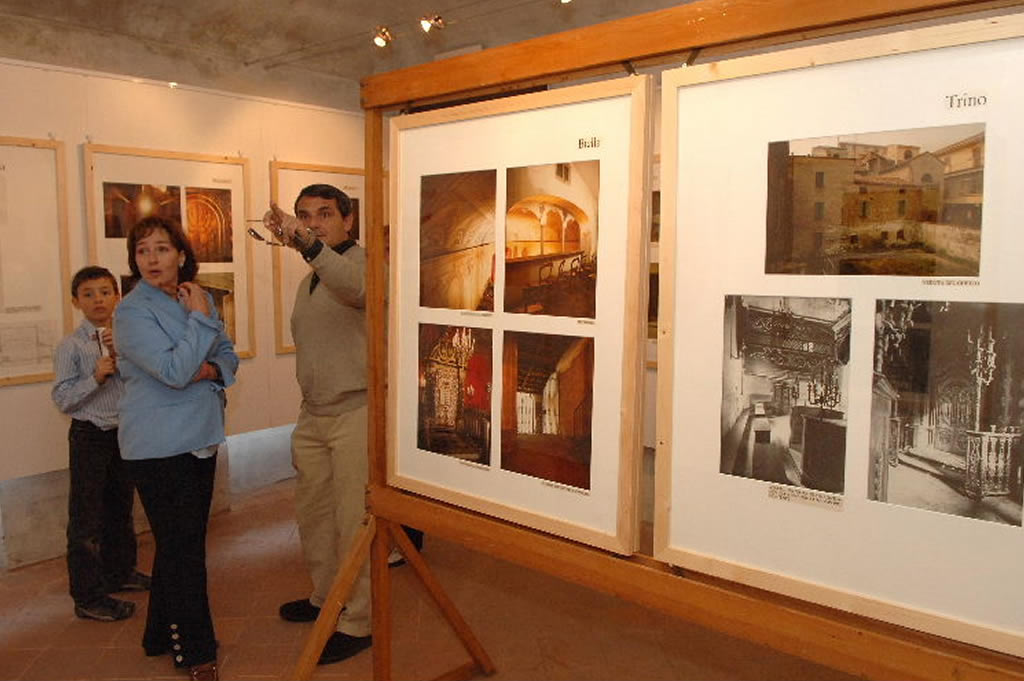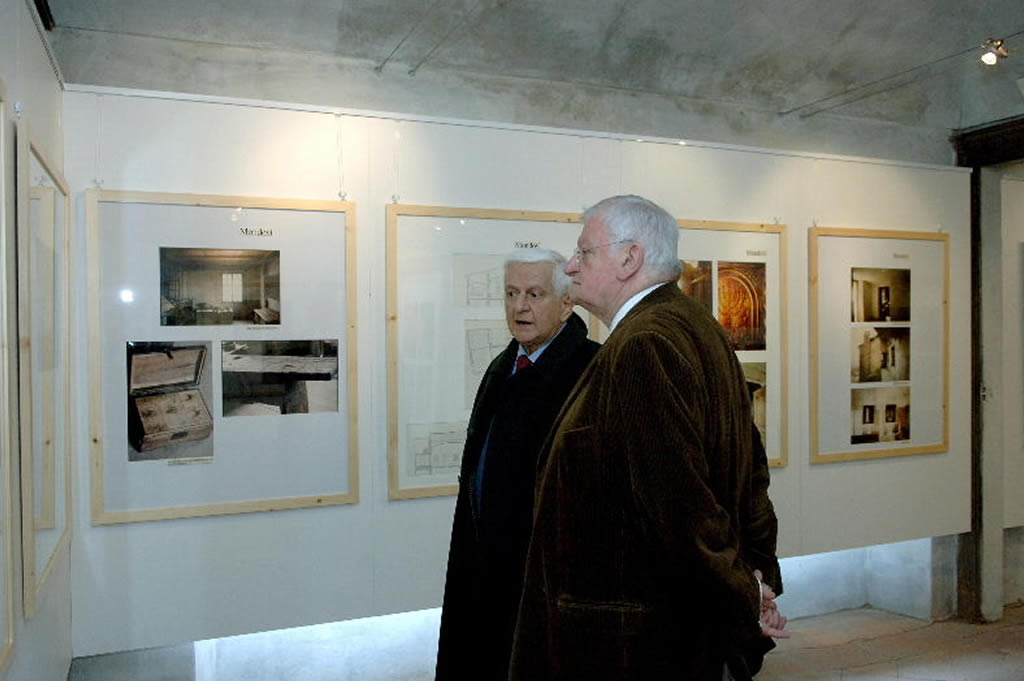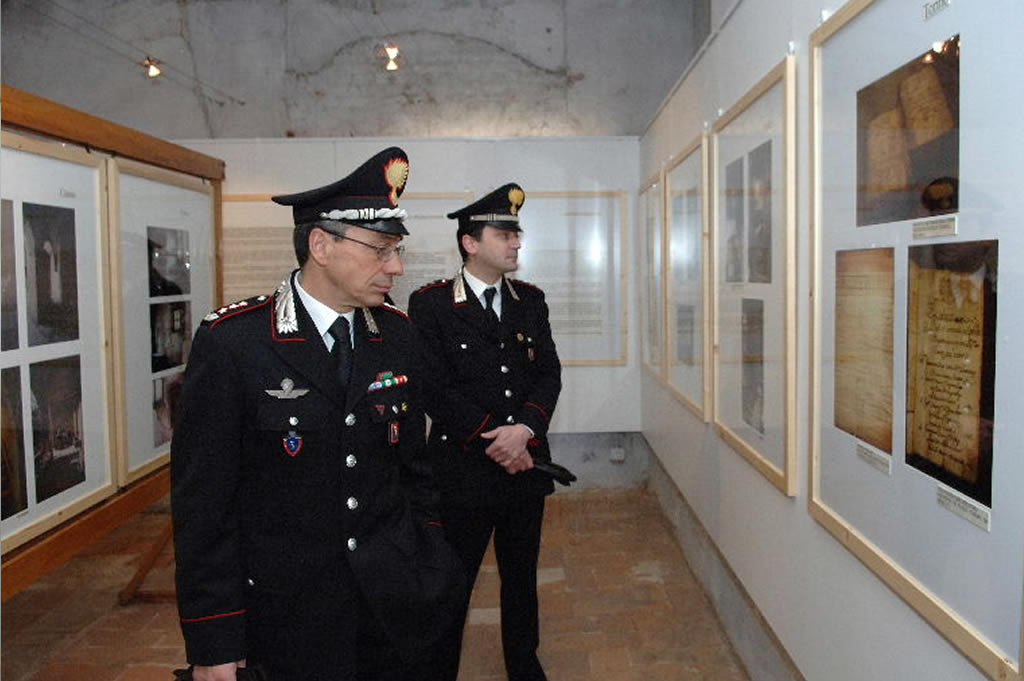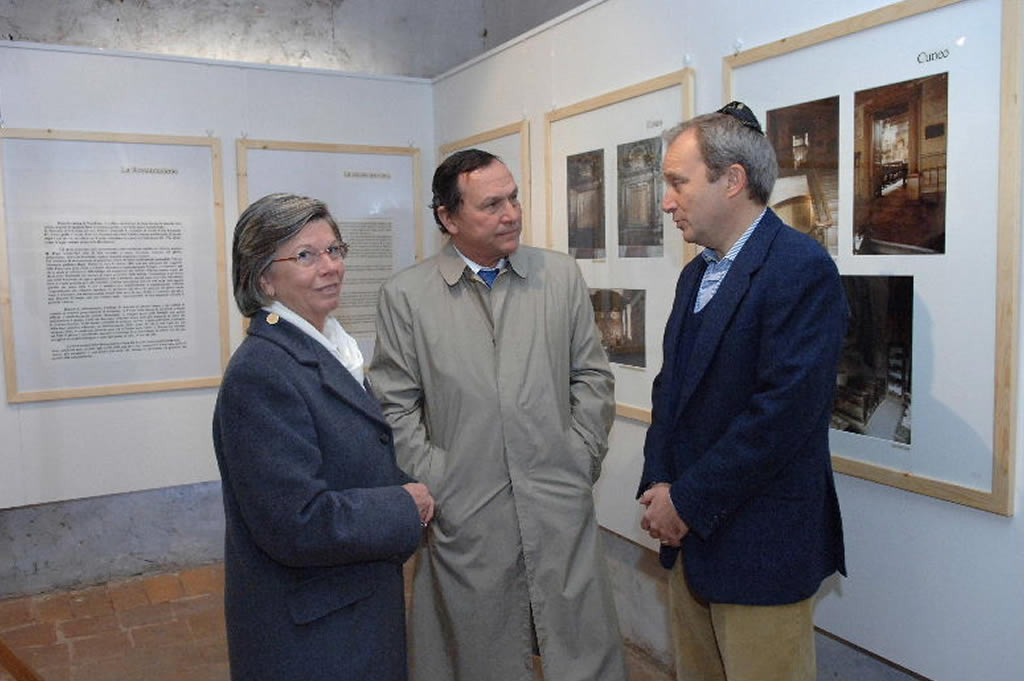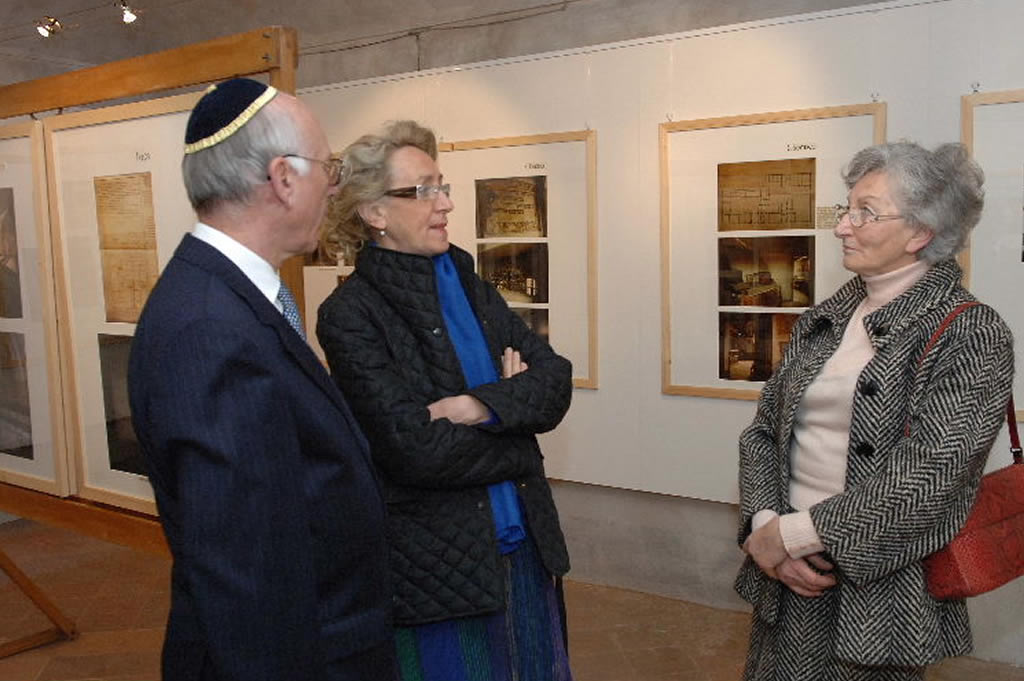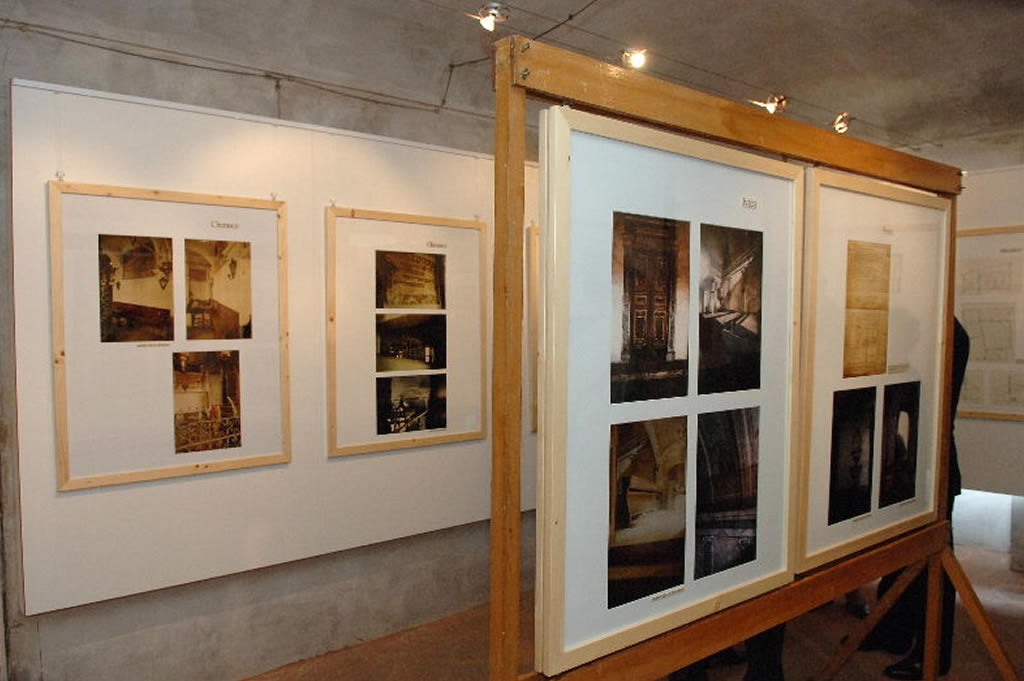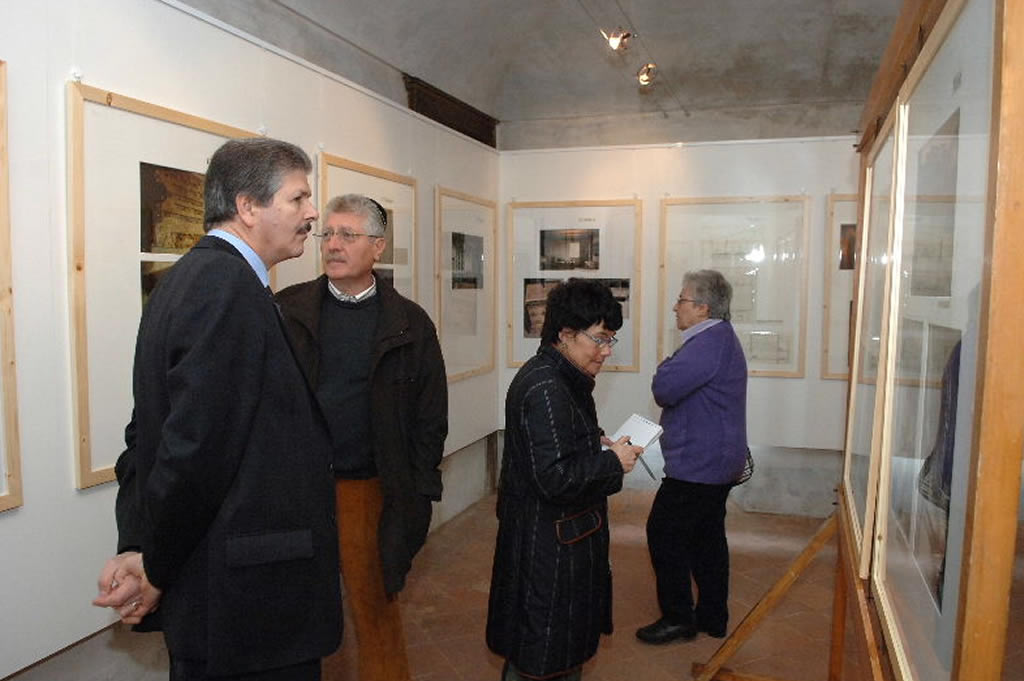MENU
Fondazione De Benedetti - Cherasco 1547
Jewish Cherasco
Photo Exhibition
At the heart of the exhibition are photos taken by Torino photographer Giorgio Avigdor (1932-2019).
The sequence of images is integrated with documents, maps, historical photographs of now vanished views, and explanatory texts.
Opening the exhibition are a number of text panels, which provide a historic introduction to the show's theme.
The first panel, dedicated to the Diaspora, presents the confines of the Roman Empire in their maximal extension, and highlights the events that determined the Jewish dispersion in the Empire.
Other panels sketch the events of the Jews in the Savoy states, from the reign of Amadeus VIII (who, in 1430, issued the first systematic rulings regarding the Jewish population) to Charles Emmanuel III who, in 1730, ordered the enforcement of closed ghettos throughout his territories. Today, there is not a single ghetto preserved in its entirety; two panels therefore illustrate the typology of the Piedmontese ghetto and the characteristics of the synagogue.
A first group of photographs presents the Piedmontese localities having a synagogue that is, or was until recently, situated where it had been in the days of the closed ghetto (Chieri, Carmagnola, Savigliano, Fossano, Cherasco, Mondovì, Saluzzo, Biella, Trino and Casale Monferrato). For these towns, there are images of what remains of the ghettos: entire edifices, or only details of original elements, which illustrate the reality of these islets inside the cities. Shut off from the outside world from sundown to sunrise, inside they featured a web of courtyards and galleries, stairs and passages, through which every dwelling was connected to others and, above all, to the synagogue. In the era of segregation, the synagogue could not be identified from the exterior, and was located, partly due to constraints and partly voluntarily, in locations within that were not easily accessible from the street.
Three panels of text provide schematic information about the condition of the Jews during the period of French domination (1796-1814), the Restoration, and then the Emancipation.
With the Emancipation, the gates of the ghetto were de,olished, and the synagogues were enlarged and adapted to the spirit of integration and participation in municipal life. New synagogues were constructed, edifices of large dimensions, clearly visible from the outside, with rich facades overlooking the streets and squares, which exteriorized and manifested the new social status of the Jews.
The interior décor too was modified. The traditional 18th century Piedmontese arrangement – Aron hakodesh on the east wall, the Bima (or Tevah) in the center, and benches arranged along the surrounding walls – was replaced by the longitudinal arrangement: Aron and Tevah both at one end of the hall, faced by pews arranged in parallel rows.
Questo sito utilizza i cookie per migliorare la tua esperienza di navigazione. Usando questo sito sei in accordo con la nostra privacy policy


